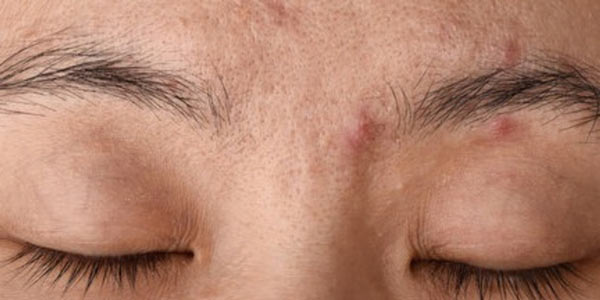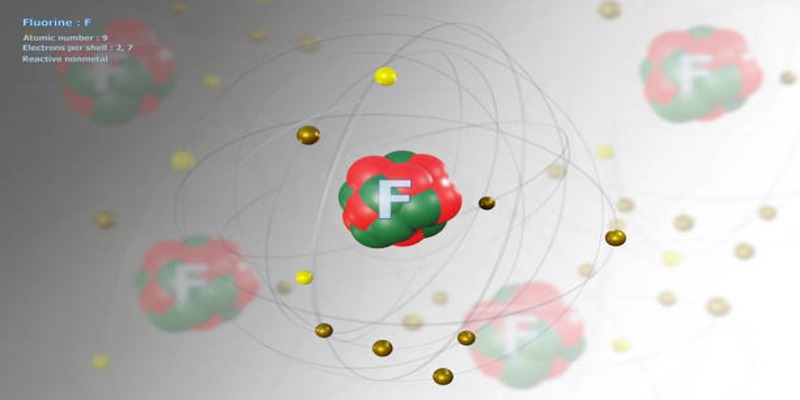Bridging the Gap Between Treatment and Recovery: Effective Strategies for Transition
Sep 04, 2024 By Martina Wlison
Recovering from a stroke, surgery, chronic illness, or substance use disorder requires more than just willpower. It demands a holistic and compassionate approach to achieve a functional and satisfying life.
This period, often referred to as bridging the gap between treatment and recovery, is a temporary contact program that offers a sanctuary for those battling those circumstances. The approach provides a comprehensive treatment plan that addresses the complexities of substance use disorders and significantly impacts your recovery journey.
This article lists the important strategies to help you transition from medical treatment to full recovery. So, be there until the last word.

Understanding the Nature of Addiction Recovery and the Role of Personalized Treatment
The transition from treatment to recovery is a complex and challenging journey that requires comprehensive, personalized care and unwavering support. This requires innovative, effective, person-centered treatment and an evidence-based approach to help individuals reclaim their lives from the grips of stroke, or chronic illness.
It is a process that helps patients move beyond immediate medical intercessions to a more holistic approach to build a healthy, fulfilling life. This approach addresses the underlying causes of addiction, developing coping mechanisms and creating a sustainable foundation for improving quality of life and preventing future complications.
Recovery differs for each person, but critical stages of recovery include the immediate post-treatment phase, rehabilitation phase, and long-term recovery. To ensure fast recovery, personalized treatment plans are crucial. This number may seem intimidating, but recovery can be possible when patients get the proper support and treatment.
Strategies That Help Bridging the Gap Between Treatment and Recovery
The following strategies help bridge the gap between treatment and recovery and allow individuals to focus on their recovery journey without distractions and triggers from their everyday environment.
Personalized Treatment Plans
Each individual has a unique recovery journey from stroke, or other chronic disease. Personalized treatment plans are customized healthcare approaches experienced professionals use to create an individualized treatment strategy that addresses the patient's unique needs and helps them recover fast.
These plans involve analyzing an individual's health profile, setting specific health goals, applying customized treatment approaches, continuously monitoring the patient and making adjustments, and considering the patient's engagement and preferences.
When executed efficiently, these personalized treatment plans increase the effectiveness of treatment, minimize the adverse effects by selecting appropriate medication, increase patient satisfaction, and improve outcomes, ensuring speedy recovery.
Evidence-Based Therapies
Post-treatment recovery strategies help transition from treatment to recovery, shifting from acute medical care to emphasizing self-care, rehabilitation, and long-term health maintenance.
For this, evidence-based therapies, such as:
- Cognitive Behavioral Therapy (CBT)
- Dialectical Behavioral Therapy (DBT)
- Occupational Therapy
- Speech Therapy
- Motivational Interviewing
- Trauma-informed care
- Trauma Therapy and Brainspotting
Through this, people identify and change negative thought patterns, develop healthy coping mechanisms, and address underlying traumas to return to everyday life.
These therapies are essential in Bridging the gap between treatment and recovery. They support each patient's physical, mental, and most profound parts for overall well-being.

Balanced Nutrition to Support Healing
Balanced nutrition and improved physical health are critical components of recovery. They help bridge the gap between treatment and recovery and ensure fast rehabilitation. Customized meal plans developed by nutritionists support the healing process and help restore balance to the body.
Engaging in physical activities, such as following exercise plans by therapists, can improve strength, flexibility, and mood to accelerate the recovery process further.
Recovery Assistance Programs
Participating in recovery-assisting programs is an essential post-treatment recovery strategy that will help you put wellness planning into action and prepare for those moments when you feel sad and alone.
Here are the valuable insights and support for families from the recovery programs that will help them access support resources to enhance their recovery experience.
- Educate Yourself: Use reputable resources to learn about addiction or stroke and its effects on the brain and behavior. This helps you navigate the transition from treatment to speedy patient recovery.
- Join Support Groups: Joining groups for patients with similar conditions provides professional support, practical advice, and a sense of community.
- Seek Professional Help: Encourage your loved ones with substance use disorder to seek professional treatment that will ensure speedy recovery.
- Participate in Family Programs: Family support and involvement programs also fall under the recovery assistance category. Participate in them to recognize the crucial role of family in the recovery process.
- Avoid Enabling Behaviors: Avoid actions that inadvertently promote continued substance use.
Other programs such as:
- Residential Treatment Program: This program provides a structured, supportive environment for patients in the early stages of recovery.
- Partial Hospitalization Program: This program is for those who need intensive treatment but can return to a sober living environment in the evenings.
- Intensive Outpatient Program: This program helps those who need substantial support while maintaining work, school, or family commitments.
- Outpatient Treatment Program: It helps clients recover by providing continued support and resources.
supportviduals at every stage of their recovery journey.
These programs offer support through regular check-ins and therapy sessions, life skill development, relapse prevention strategies, and community support and resources.
Recovery rates are different for each person and vary widely depending on various factors, such as the intensity of illness, the damaged area, the type of substance used in addiction patients, its duration, and the quality of treatment.
Though exact statistics are difficult to pinpoint, research suggests long-term recovery is achievable for many individuals with proper treatment and support.

Final Words
Bridging the gap between treatment and recovery helps patients with substance use disorders, strokes, and chronic illnesses to return to everyday life full of functionality.
Different strategies, such as following personalized treatment plans, using evidence-based therapies, getting balanced nutrition and support, and following recovery assistance programs, help bridge treatment and rehabilitation.
Follow these steps for effective recovery and transit from acute medical treatment.

Discover Incredible Ways to Practice Sustainable Recovery

What to Do if You Have Dehydrated Skin

Discover the Benefits of Leg Raise Exercise

Free Radicals Explained: Causes, Risks, and Protective Strategies

8 Things to Stop Doing When Dealing with Acne: A Guide

Maximizing Health with Vitamin E: Benefits, Foods, and Deficiency

Simple and Natural Ways to Ease Acne Flare-Ups


